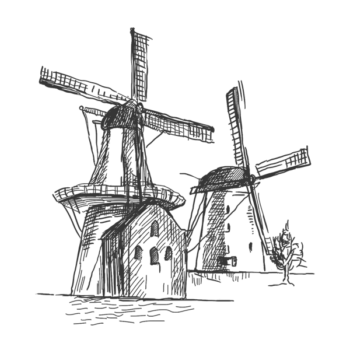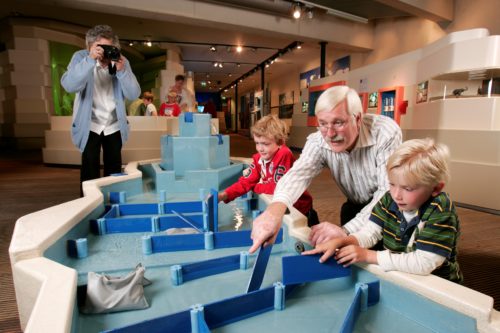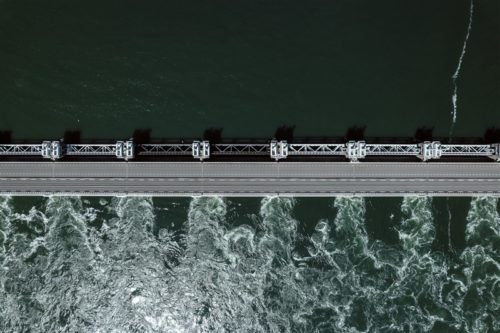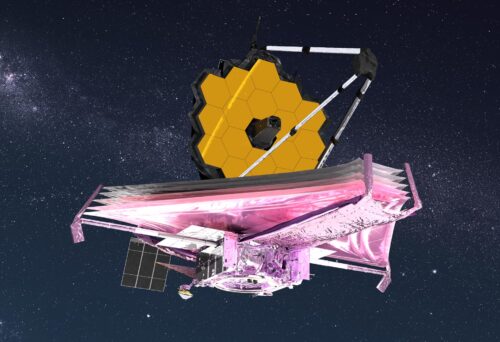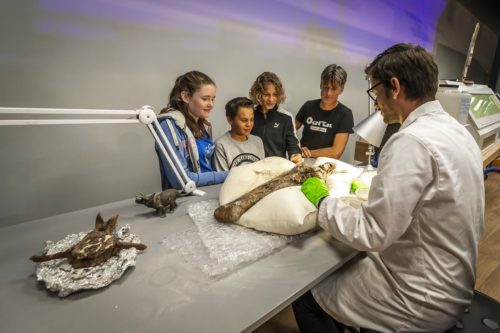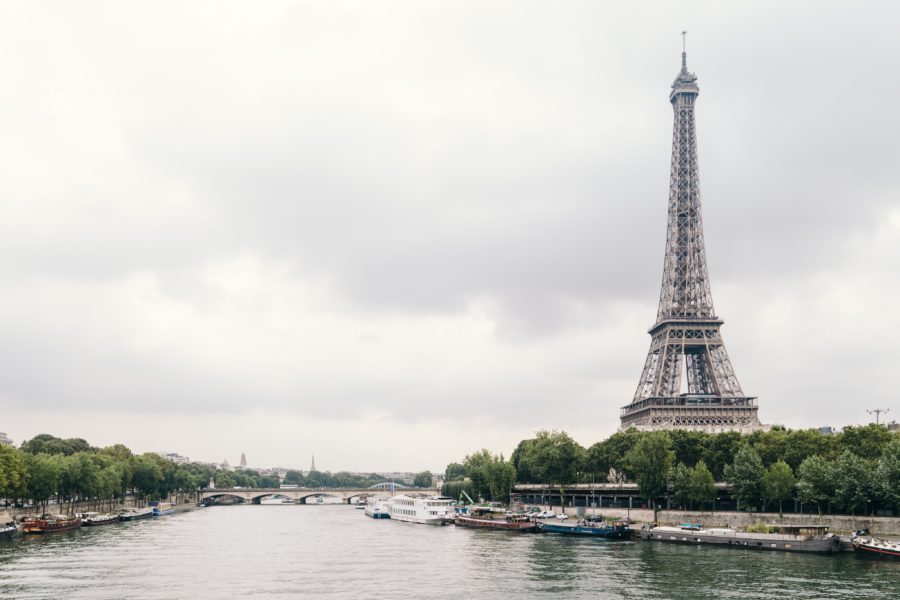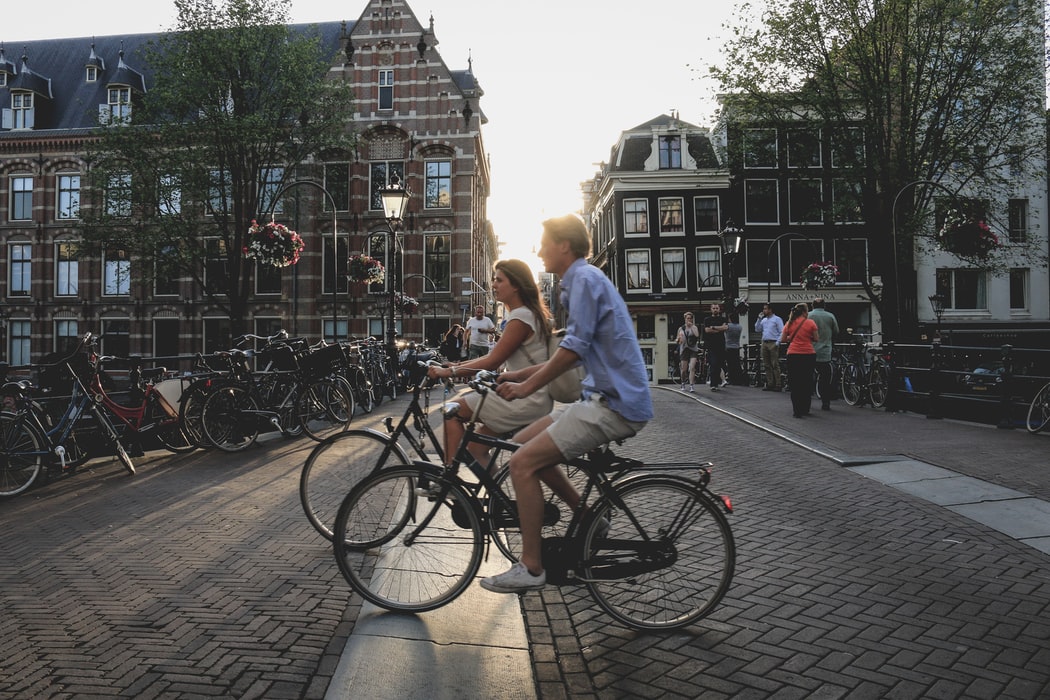
Netherlands
Netherlands
Science in the Netherlands
Heated cycling lanes and solar panels on the street: what sounds like some sort of utopia has actually been tested in the Netherlands. Not particularly surprising, as innovation is important in this small country. Whether it's new biomarkers for the early detection of Alzheimer's disease, the reduction of carbon emissions on islands or the prediction of the best harvest time for peaches - the Netherlands are involved in many pioneering research projects. Not only reputable scientists are brought on board - the population is also asked to participate. In 2015, for example, every Dutch person could submit questions they wanted answered scientifically as part of the "Nationale Wetenschapsagenda". Incidentally, research and inventing have a long tradition in the Netherlands: things like telescopes, light microscopes and fire hoses were developed by Dutch.
The Facts
| Population | 17,879,000 [1] |
| Area | 33,670 km² [2] |
| Gross domestic product per capita in US-Dollar | 62,719.0 [3] |
| Public expenditure on education (share of GDP) | 5.3 % [4] |
| Share of female researchers | 26.4 % |
| Universities | 129 |
| Universities per 1 million inhabitants | 7.60 |
| Students | 912,735 |
| Expenditure on Research and Development (share of GDP) | 2.2 (share of GDP) [5] |
Quellen:
-
↑
https://www.destatis.de/DE/Themen/Laender-Regionen/Internationales/Laenderprofile/niederlande.pdf?__blob=publicationFile
-
↑
https://www.destatis.de/DE/Themen/Laender-Regionen/Internationales/Laenderprofile/niederlande.pdf?__blob=publicationFile
-
↑
https://www.destatis.de/DE/Themen/Laender-Regionen/Internationales/Laenderprofile/niederlande.pdf?__blob=publicationFile
-
↑
https://www.destatis.de/DE/Themen/Laender-Regionen/Internationales/Laenderprofile/niederlande.pdf?__blob=publicationFile
-
↑
https://www.destatis.de/DE/Themen/Laender-Regionen/Internationales/Laenderprofile/niederlande.pdf?__blob=publicationFile
